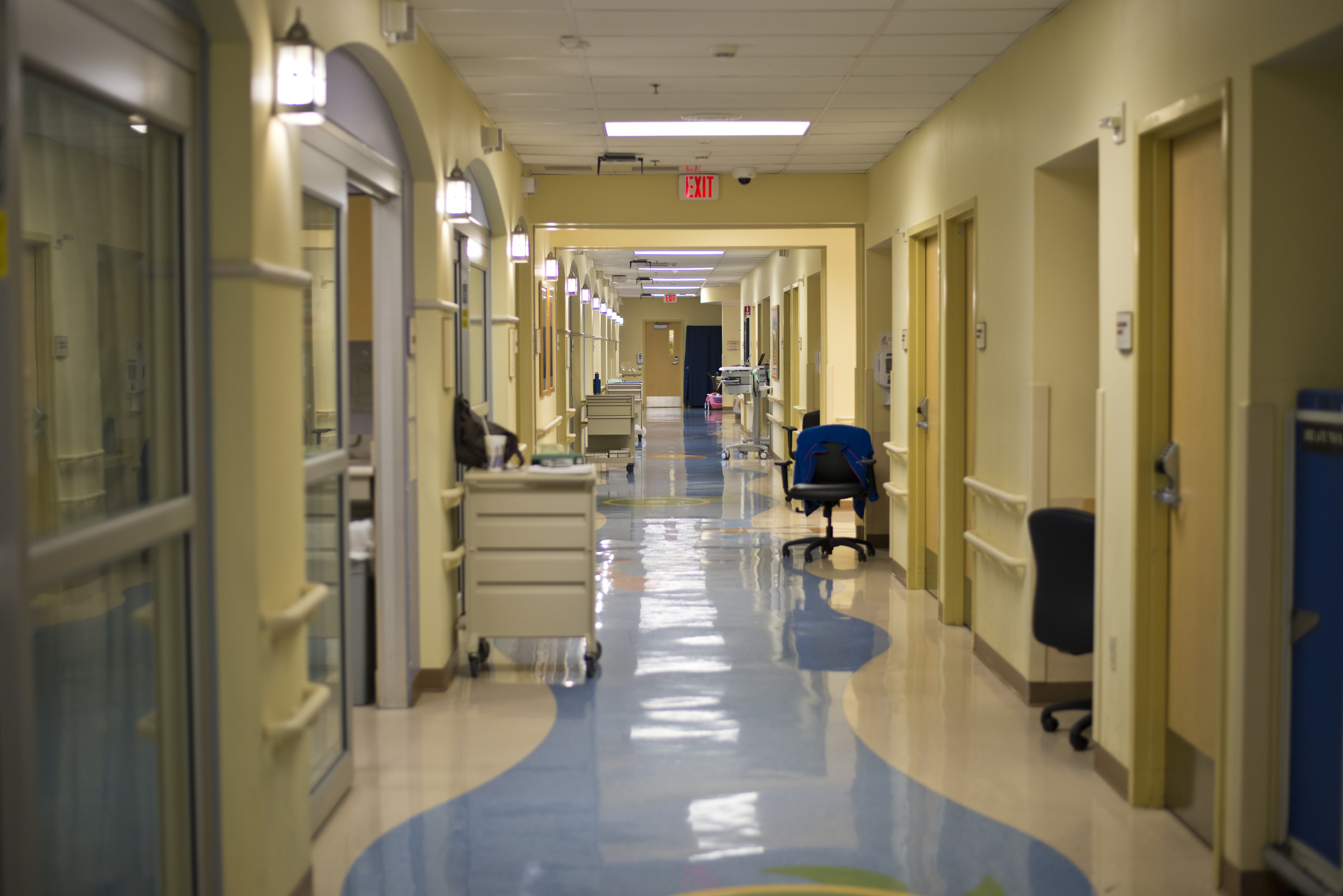Pharmaceutical sales reps gave monetary compensation to two in five Nevada doctors they lobbied, report finds

Two in five Nevada physicians lobbied by pharmaceutical sales representatives in the last three months of 2017 received monetary compensation, according to a report released earlier this month by the Department of Health and Human Services.
The department found that 42 percent of doctors, or 396 physicians, identified in reports made to the state received some amount of monetary compensation from pharmaceutical reps between October and December, while 58 percent only received samples. But the report is also telling in what it is unable to say, with only about half of the states’ 2,572 active pharmaceutical reps detailing their doctor lobbying activities and only 13 percent of submitted reports containing enough information to tie the data back to licensed Nevada physicians.
The report is a byproduct of Nevada’s new diabetes drug pricing law passed during the 2017 legislative session, which also required all pharmaceutical reps to submit annual detailed reports of their interactions with medical professionals. Though future reports will cover an entire calendar year, the 2017 report only covers the final quarter of the year because the state's pharmaceutical sales rep registry wasn't created until October.
Nevada’s pharmaceutical representative reporting requirements were modeled off of a similar provision approved by the city of Chicago, which started licensing pharmaceutical reps in 2016. Chicago’s ordinance requires pharmaceutical reps to provide the city with a list of health-care professionals they’ve contacted, the number of times they contacted them, the drugs they marketed and whether they provided any samples, materials, gifts or compensation.
In Nevada, representatives are required to either directly report to the state the details of their activities or the drug manufacturer that employs them can do so on their behalf. A total of 154 manufacturers reported employing 2,572 active pharmaceutical sales representatives working in Nevada as of April 2018.
But the report — the first of its kind for the state — also acknowledges its own shortcomings. Only 13 percent of records submitted by drug manufacturers contained enough information to link the records to the state’s physician licensing data, and only 26 percent of the reports contained enough information to determine whether the subject in question was a health provider or not. In some cases, sales representative reports only listed the name of a person given compensation or samples and made it difficult to determine whether or not he or she was a health professional.
The report attributed some of the difficulties with the data to a lack of a specific reporting format for the first year because of time constraints and said that the department will create a specific template for future years.
On top of that, despite the fact that manufacturers identified 2,572 reps working in Nevada, the state only received data from 1,347 of them, or just a little more than 52 percent. The report said that it is unclear whether the other 48 percent of representatives were unaware of the new law or did not have any information to report.
“Outreach to drug companies and sales representatives will be conducted in coming years to ensure compliance with statutory requirements,” the report said.
Of the small percentage of data it was able to collect and analyze, the state identified a total of 954 doctors that either received direct compensation, samples or both from pharmaceutical sales representatives, with 396 of them receiving direct compensation. (Nevada had a little under 6,000 active physicians as of March 2018.)
One in ten of those doctors received more than $100 from sales representatives, while 95 percent reported receiving $10 or more in a single instance. Doctors, on average, received $103.41 per event, for an average total compensation per doctor of $160.80.
The report found that a higher number of primary care doctors — those that specialize in family practice, internal medicine, obstetrics/gynecology, pediatrics, psychiatry and geriatrics — than other specialists were reported as having received either compensation or samples. A little less than 63 percent of the doctors identified in the reports were primary care doctors, compared to only about 37 percent that specialized in other areas. (Primary care doctors make up about 50 percent of the state’s total physician population.)
But doctors as a group only represented about 60 percent of health professionals reported to have received compensation. Physicians assistants and nurse practitioners made up another 12 percent each, with office staff constituting another 7 percent and other health-care providers making up another 6 percent.
Of the samples distributed, more than 27 percent were to treat diabetes, while 15 percent were for lung health, 12 percent for digestive health and 9 percent for heart conditions. Another 6 percent each were for skin conditions and mental health.
The report is the first formal product released as a result of Nevada’s new drug pricing transparency law. The state will be required to compile another report after it receives certain data related to the costs and profits associated with manufacturing and selling so-called essential diabetes drugs from drug manufacturers and pharmacy benefit managers, who are the middlemen in the drug pricing process.
The drug lobby is continuing to challenge the constitutionality of those reporting requirements in U.S. District Court after final regulations were approved last month.
